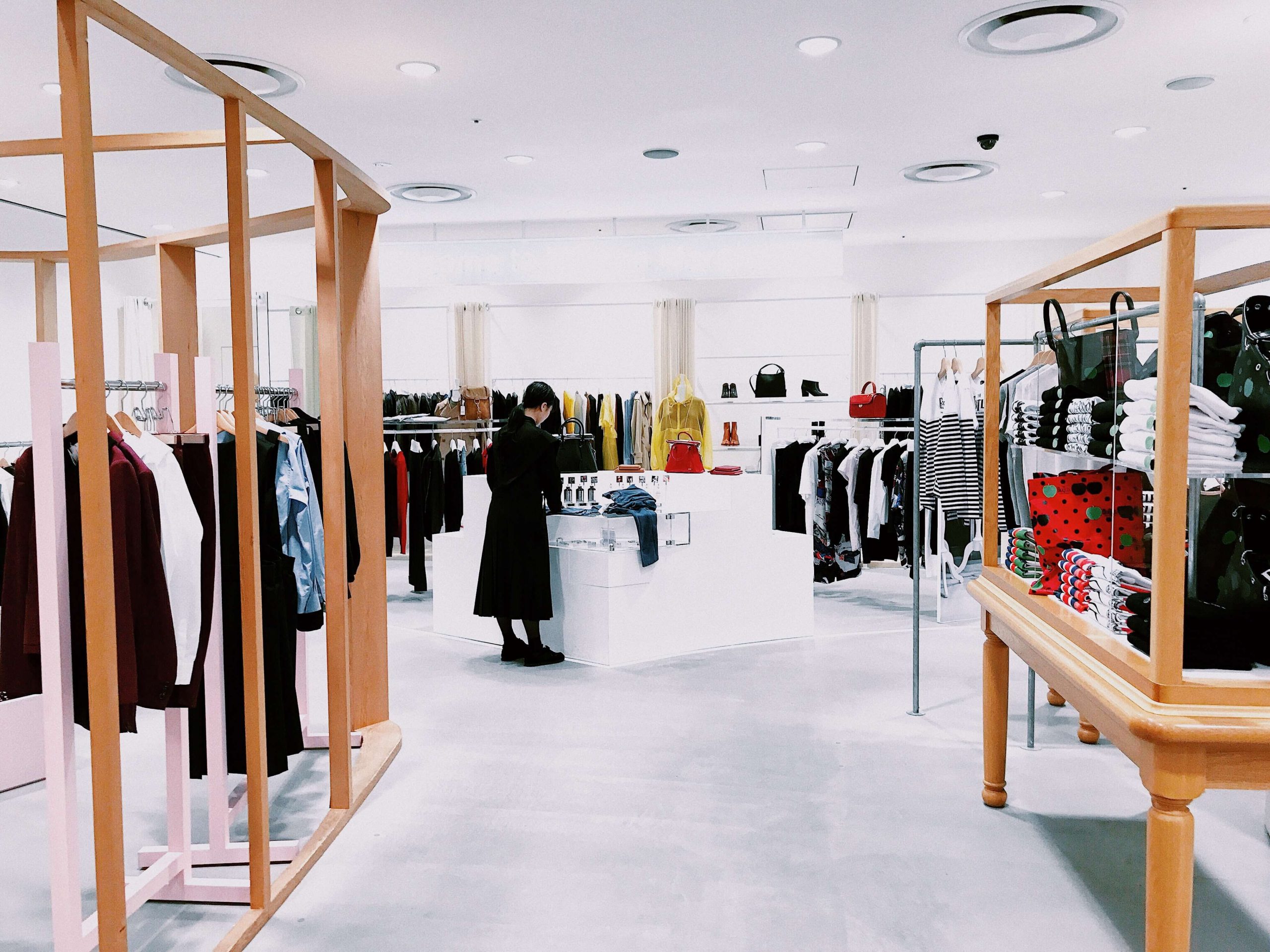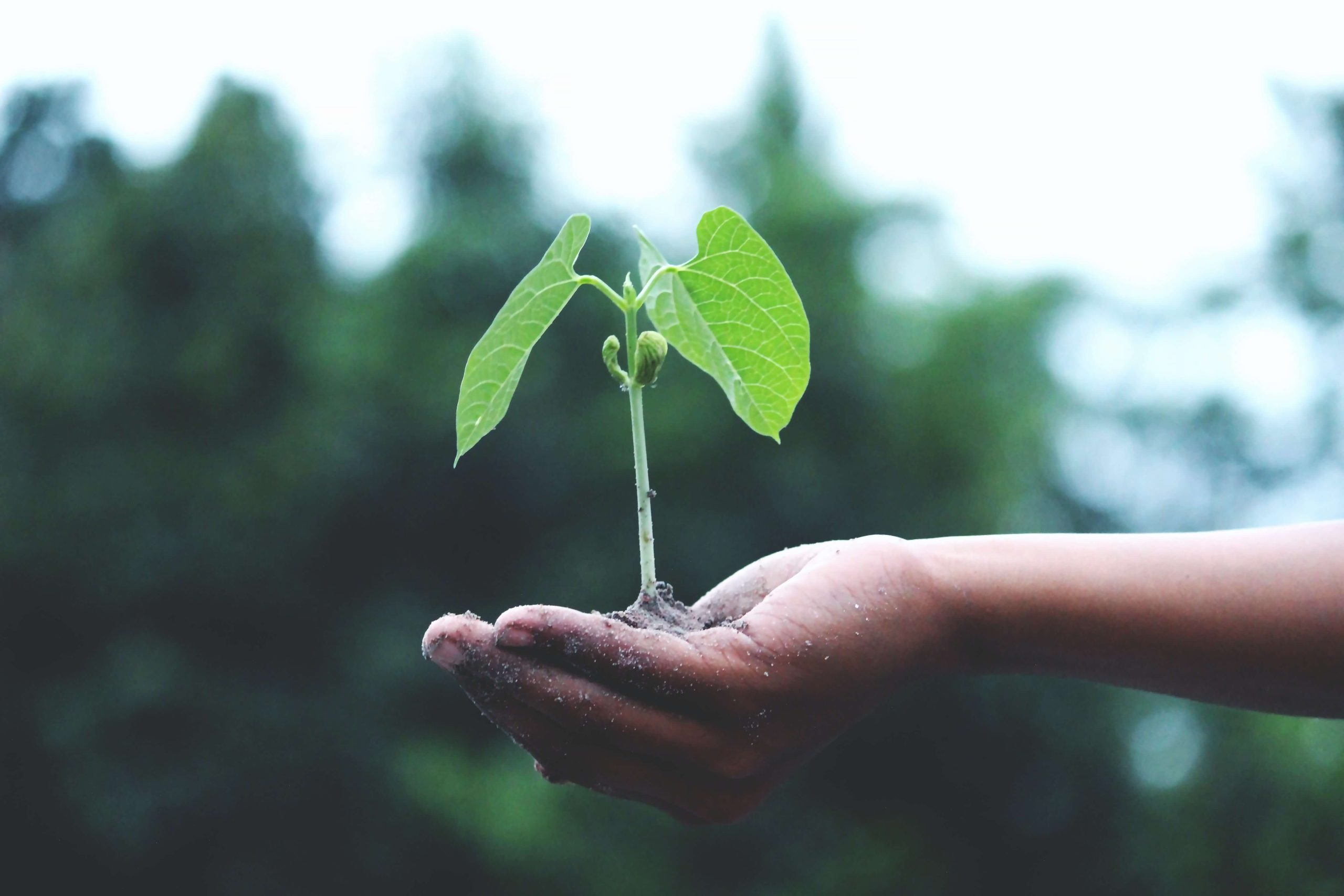Sustainability in Fashion: Here’s Everything to Know
22/09/2023 2024-01-05 11:19Sustainability in Fashion: Here’s Everything to Know
Well, there’s something that’s no longer just a passing trend in the fashion industry Sustainability is here to stay for the long haul. As the fashion industry is responsible for a shocking 10 per cent of global greenhouse emissions every year – sustainability in fashion is pivotal to ensuring the planet’s health and safety.
The good news is that the fashion industry is receptive to change, and conscious consumers picking quality over quantity and making eco-friendly purchases is what’s driving the fashion brands to reckon with their impact on the environment.
But what does sustainable fashion exactly mean?
Read on to dive into the concept of eco-friendly fashion, including how it will impact future designers and what sustainable fashion designers and brands look out for.
Defining the term – Sustainable Fashion

Refers to clothes that are consumed and created in a sustained way that protects the environment and those who produce those garments. Additionally, it attempts to ensure that the production process of a garment, from materials to manufacturing all the way to workers’ wages and work conditions, is environmentally and socially substantial.
Also referred to as eco-friendly fashion, it prioritises the use of materials, including hemp, linen, organic cotton, and tencel – biodegradable materials for production and sustainable design.
The Environmental & Societal Footprint of Fast Fashion

The massive 2.5 trillion USD fashion industry is economically thriving but at an astonishing social and environmental cost. From being responsible for resource depletion, pollutive waste, and emissions to unethical labour practices have come into the picture prominently over the years.
Let’s try to understand fast fashion’s environmental impact alongside the product lifecycle:
- Stage 1: Fibre cultivation
The raw material used for clothes fibre cultivation can be water and land intensive as well as cause chemical contamination and water pollution. For instance, even a kg of cotton uses up to 10k to 20k litres of water for growth.
- Stage 2: Textile Production
This phase of the garment life-cycle, covering spinning, dyeing, and finishing, has been more than often scrutinised for toxic waste release into the environment and poor labour practices.
- Stage 3: Garment Design & Manufacturing
Sewing, ironing, and steaming involved in designing a garment require enormous use of energy. In fact, most textile waste build-up from swatches, cut-and-sew waste, design samples and end-of-rolls.
- Stage 4: Transportation
With fibre cultivated in one place, textiles developed in another, designed in a third and sold in a fourth place, fast fashion has a negative environmental impact owing to the amount of fuel generated at each stage of the fashion cycle.
- Stage 5: Retail
It is the stage where the garment is deposited on the retail floor. The stumbling block is excessive production to meet the rising demand and, subsequently, unsold clothing that adds to the overall textile waste.
- Stage 6: Consumption
A fundamental concern at the heart of the consumption phase is the excessive use of laundering and washing to maintain garment quality.
- Stage 7: Disposal
- The biggest negative environmental impact is the disposal of garments in landfills – leading to rapid problems with waste management.
As such, the environmental and social impact of the fashion industry is forcing us to rethink fast fashion and stresses the need for sustainable models and practices in the fashion industry.
Impact of Sustainable Fashion: What’s in Store for Fashion Businesses & Future Designers?
Fashion designers, leading entrepreneurs, and brands are all earnestly jumping on the bandwagon of sustainable fashion. As consumers are rejecting fast fashion, placing key importance on sustainable clothing and material, it’s time for the fashion industry to reinvent itself to meet the demands of a new era!
Given are the key trends that will dominate the fashion industry in the upcoming years:
- Recycling
Using recycled materials in the supply chain reduces the cost of natural materials and makes the fashion lifecycle more circular, producing less waste.
- Less is more
Sustainable fashion influencers are exploring and promoting the concept of wardrobe capsules, which focuses on buying quality clothes that will last for long hours instead of buying in the trend that will more likely end up in landfills.
- Fashion on-demand
Fashion businesses can follow the model of on-demand supply that considers that the supply chain produces products as per the demand of those to avoid surplus that ends in landfills.
- Smart fabrics
Fashion designers and businesses are looking into creating and using new smart fabrics, such as hemp or linen, that eliminate waste and eliminate environmental concerns at each stage of the product cycle.
As sustainability in the fashion industry has become more apparent, understand that these trends are an essential shift.
Get Inspired: Sustainable Fashion Brands in India

With its rich textile traditions, exquisite craftsmanship, and cultural heritage, India holds a distinct position as fashion moves towards a more sustainable and conscious future. Ahead, find the best three sustainable fashion brands in India to get inspired and make the shift for a better and brighter future:
- No Nasties
Founded in Goa by Apurva Kothari, a remarkable fashion designer, it’s an eco-friendly clothing line that comes neutral shades and amazing designs to be worn all throughout the year.
- Doodlage
With the use of discarded and left-over fabrics from large manufacturers, Doodlage brings forth a sustainable and contemporary collection of timeless fashion pieces.
- B Label
B Label promotes sustainability in fashion with one of the world’s strongest natural fibres – Hemp that offers quality and comfort.
Final Thoughts
Sustainability in fashion has been slowly rising over the past decade, and now it looks ready to explode. With this, brands and designers should learn that surface-level actions to promote sustainability won’t work and that in order to stay relevant, they should adopt change from the inside out. But committing wholly to sustainability requires you to understand the key concepts and ideas.
Why not choose a two-year BSc. in Fashion and Apparel Design from JD School of Design? This course acquaints you with relevant knowledge and essential training in fashion design as per the latest developments in the fashion world to meet industry standards.
So, apply today and prepare for a brighter future!













